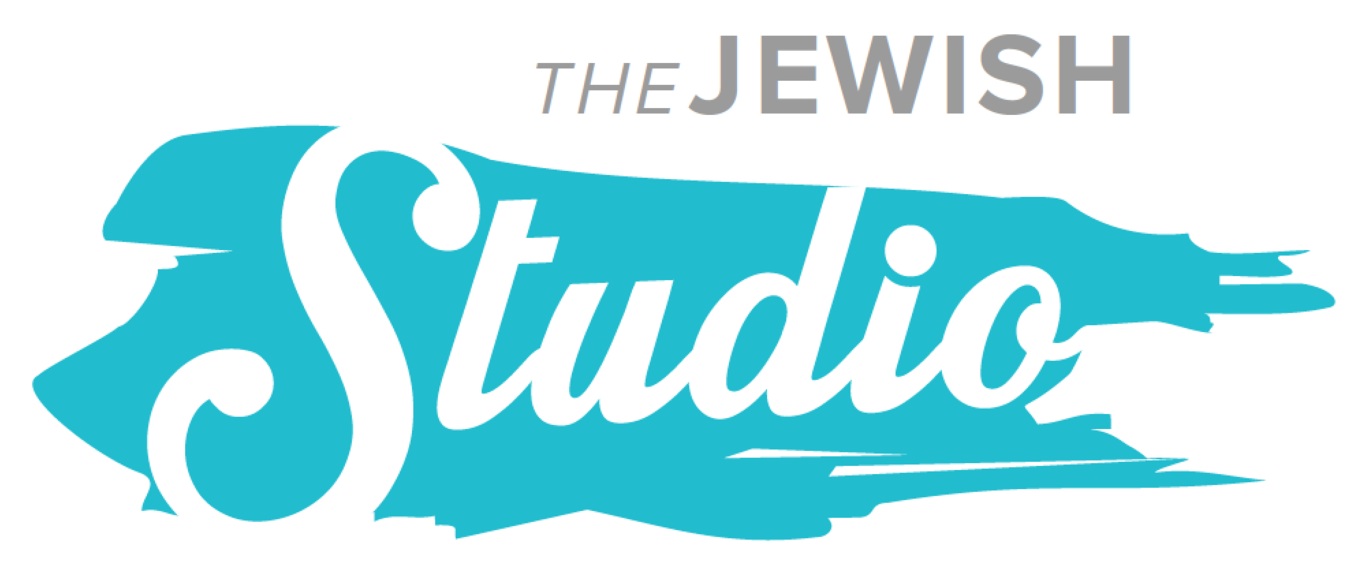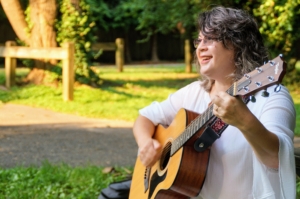And Still I Rise
Part of a yearlong series on resilience in Jewish spiritual life
Are you up or down? Whether in English or Hebrew, we form positive and negative associations with words of direction. Up reflects joy. Down expresses sadness. Up is heaven, down is hell. Jewish rituals or practices often incorporate up or down motions. The directionality of the ritual or practice invites us to rebalance our lives and build resilience. Here are a few examples.
At the end of a wedding the groom stomps down on a glass. The sound of shattered glass tempers joy with a reminder that life is fragile. The cracking noise summons a couple to be resilient, anticipating joyous new lives while remaining aware that our world sometimes seems broken.
During a Passover seder we lift the bread of affliction, as if to demonstrate that after the degradation of slavery we can rise up and move on.
Getting up after mourning is another such ritual. We rise to rejoin our community after a period of withdrawal in sadness. At the end of a week of shiva, the mourner leaves their home and walks around the block. Rising from shiva is a marker in time inviting us to be resilient after loss and return to our daily routine.
Torah portion Chayei Sarah brings focus on the ritual of getting up after mourning. Sarah was 127 years old when she died. Abraham mourned her. “Then Abraham rose up from before his dead.” (Genesis 23:3). Rising up, Abraham goes out to procure a burial plot for his wife. He enters a sensitive negotiation to purchase land from local Hittites.
From the depths of sorrow for his wife, Abraham rises up to do business with strangers. He demonstrates resilience both by taking the time to experience pain and exercising the willpower to reengage with the world. Abraham’s resilience is a balancing of grief with hopefulness. He rises to negotiate with antagonistic neighbors, acquiring the needed land. Then, he goes down to bury Sarah in a cave. And soon after, the centenarian Abraham marries Keturah and has more children.
The story of Abraham is a Torah of resilience. Abraham demonstrates elevating ourselves when we are low, negotiating our way back up and into the world, and even daring to create something new.
If we feel beaten down, if we are feeling low, the counter balance is to elevate ourselves and be resilient. And the test of true resilience is not that we rise once in the wake of a tragedy. Rather, resilience is the ability to rise up yet again when life or God presents us with new troubles and struggles. In fact the lesson of resilience is learned every day. Just as we are told to teach Torah to our children when we rise up and when we lie down each day, so too we keep learning the Torah of resilience in both the updraft of our accomplishments and the downdraft of our challenges.
I close with the torah of Maya Angelou, whose poem, Still I Rise, embodies the spirit of resilience. The closing stanza is this:
Leaving behind nights of terror and fear
I rise
Into a daybreak that’s wondrously clear
I rise
Bringing the gifts that my ancestors gave,
I am the dream and the hope of the slave.
I rise
I rise
I rise.
Rabbi Evan J. Krame






 Evan J. Krame was ordained as a rabbi by the
Evan J. Krame was ordained as a rabbi by the